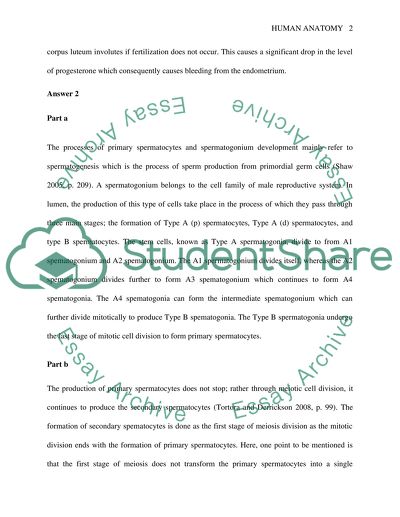Cite this document
(“Anatomy and Physiology - Concepts Assignment Example | Topics and Well Written Essays - 2750 words”, n.d.)
Retrieved from https://studentshare.org/health-sciences-medicine/1486198-anatomy-and-physiology-concepts
Retrieved from https://studentshare.org/health-sciences-medicine/1486198-anatomy-and-physiology-concepts
(Anatomy and Physiology - Concepts Assignment Example | Topics and Well Written Essays - 2750 Words)
https://studentshare.org/health-sciences-medicine/1486198-anatomy-and-physiology-concepts.
https://studentshare.org/health-sciences-medicine/1486198-anatomy-and-physiology-concepts.
“Anatomy and Physiology - Concepts Assignment Example | Topics and Well Written Essays - 2750 Words”, n.d. https://studentshare.org/health-sciences-medicine/1486198-anatomy-and-physiology-concepts.


